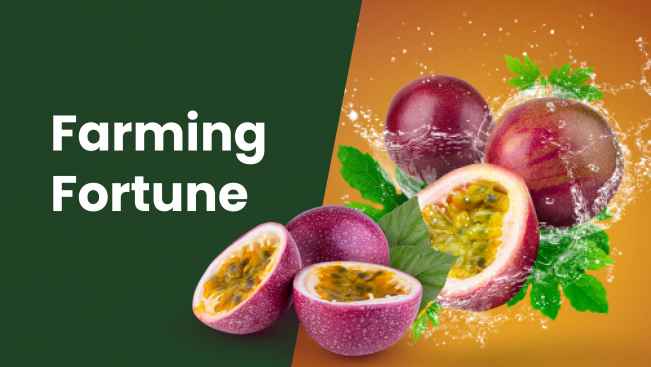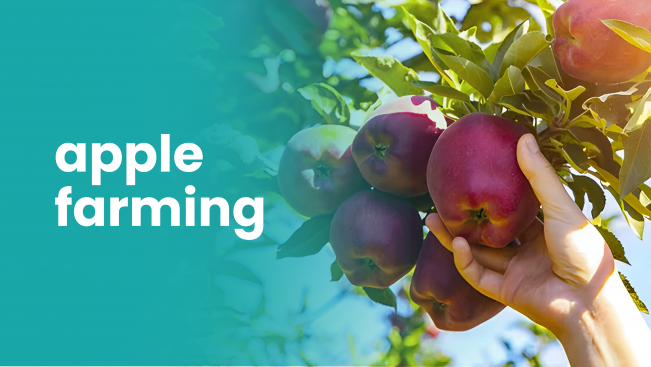The Dragon Fruit Farming Course is designed to help you learn how to grow and harvest this delicious fruit and earn 4-5 Lakhs per annum. Dragon fruits are gaining popularity due to their unique taste and numerous health benefits. The demand for this fruit is increasing globally, making it an excellent opportunity for farmers and entrepreneurs to take advantage of the market demand.
Our course is practical and can be replicated by anyone, regardless of their experience level. An experienced and knowledgeable mentor Srinivas Reddy teaches it with a proven track record in the dragon fruit farming industry.
In this course, you will learn the basics of dragon fruit farming in India, including the best soil preparation, planting, and care techniques. You will also learn about the various types of dragon fruits, their nutritional content, and the best methods for harvesting and selling. The course covers all the essential aspects of dragon fruit farming, making it a comprehensive and reliable source of information.
This can be a lucrative business opportunity, as dragon fruits have a high demand in the market, and the price for the fruits is relatively high. Additionally, dragon fruit farming can positively impact the environment, as it requires minimal water and pesticides compared to other crops.
We understand that starting a new venture can be intimidating, but we want to assure you that this course will help you overcome any fears or obstacles you may face. Please watch the course video to get a better understanding of the content and to see how the course can benefit you. So, take advantage of this opportunity to learn about dragon fruit farming and earn 4-5 Lakhs per annum.
Brief overview of dragon fruit farming and its significance.
Meet the mentor and learn about their experience and expertise in dragon fruit farming.
Common questions about dragon fruit farming answered by the mentor.
Understanding the capital requirement, loan options and government facilities available for dragon fruit farming.
Preparation of land, climate and soil for dragon fruit farming.
Importance of labor, planting techniques, irrigation methods, and fertilizer application.
Learn practical skills and techniques through interactive sessions and gain hands-on experience with the mentor's guidance.
Understanding the various diseases in dragon fruit farming and the importance of pesticides.
Learn best practices for harvesting, packing, and transportation for maximum profitability in this module.
Get insights into demand and pricing, identify potential buyers, and navigate international trade regulations to expand your business globally.
Learn to calculate the potential income and expenses involved in the farming, including costs for materials, labor, equipment, and other overhead costs
Discover effective strategies to tackle common challenges and get insights from the mentor on how to maximize your profits.

- Investors seeking profitable agri-ventures
- Landowners and hobby farmers
- Rural youth seeking employment opportunities in agriculture
- Farmers and aspiring farmers
- Agricultural students and professionals



- Market Analysis and Demand for dragon fruit plantation
- Types of dragon fruit and their characteristics
- Preparation of soil and choosing the right location for farming
- Propagation methods and planting techniques
- Maintenance and care for dragon fruit plants
Once you purchase a course, it is with you forever on the ffreedom app. You can learn and revisit the chapters any number of times.
You can view the course videos at your convenience by downloading the entire course content on your mobile. Learn at your pace and from anywhere.
Get certified on completing a course. Each course will earn you a certificate that will help you display your newly gained skills.




Get certified on completing a course. Each course will earn you a certificate that will help you display your newly gained skills.
Buy this course for ₹599 and get lifetime validity for it on the ffreedom app
Other courses on ffreedom app you might be interested in...









